
Today I'll start with the most important part of making a concertina: the reeds. The reeds in a concertina are like the engine in a car. The better the reeds, the better the concertina. Good concertina reeds produce a wide spectrum of harmonics, which later can be either selectively amplified, or tempered by the design and materials used in the instrument. The instrument can only do this with the frequencies produced by the reed. In other words, the reeds determine the available harmonic material.
One of the most important aspects that determines the performance of a reed, is the fit of the steel reed in the brass reed shoe. This determines the amount of energy needed for the swing cycle. You can find more information on reed performance here.

brass reed shoe with steel reed. When the reed is positioned
in the frame,
the part behind the clamp is cut off.

We use a magnifying system with a high definition 20" monitor
to check the gap
between each reed and frame. The gap between our reeds and frames is no more
than 0.02mm / 0.00078", which is the highest standard used by the industry.
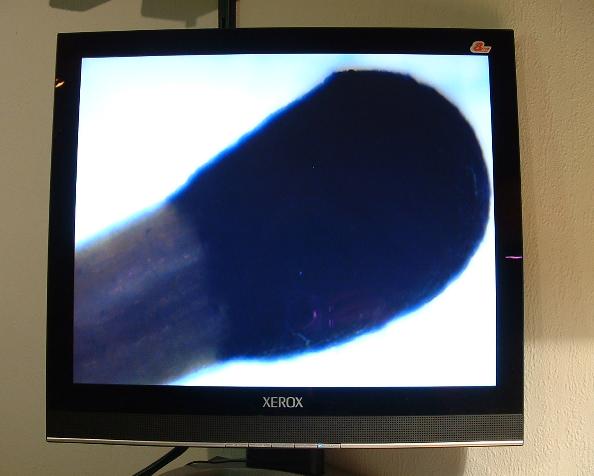
For comparison: this is a match with the same magnification
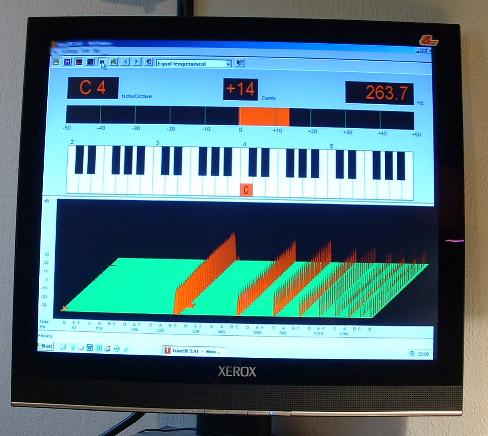
After the reed is mounted, it is shaped (filed) to meet the required
pitch and harmonic spectrum. In this first stage of tuning and voicing,
the goal is to produce a 'rich' and even harmonic spectrum. This is done
by filing the reed contour. Later on, after the reeds are mounted in the
reed pan, the spectrum of the reeds will be corrected again (by shaping
/filing the reed) to produce a uniform sounding instrument.
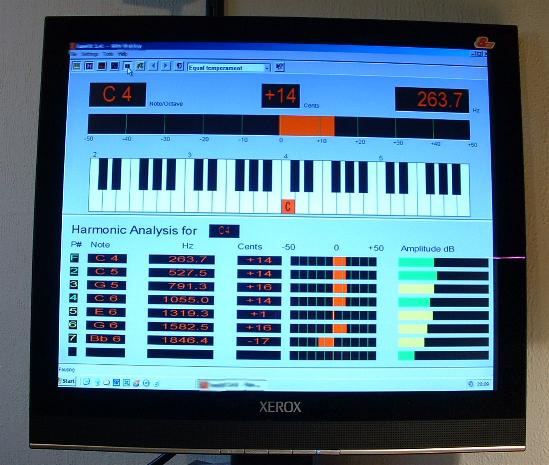
This screen shows the first 7 harmonics with their amplitudes.

installed the reeds in the reed pans.
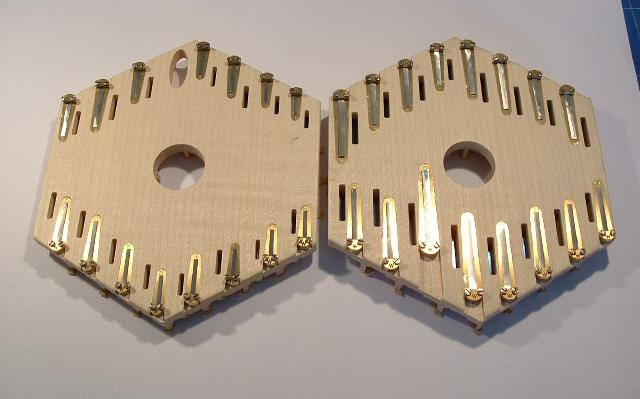
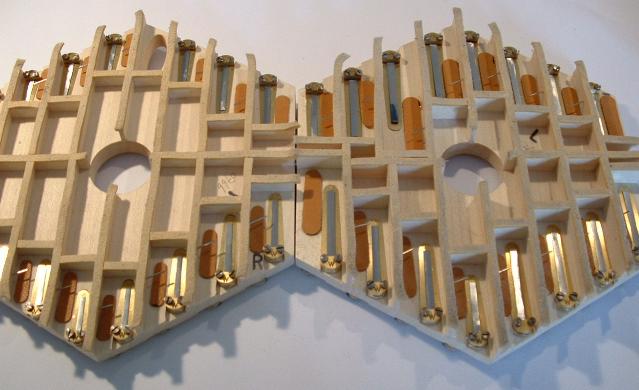
Valves and valve pins

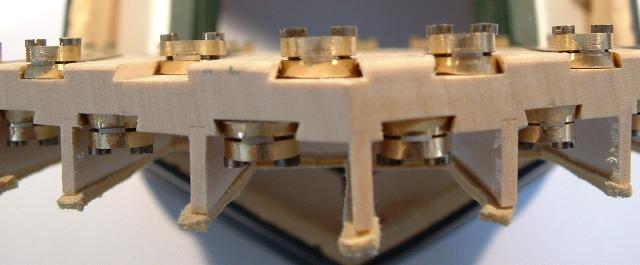
the frames have exactly the same angle as the dove tails in the reedpan to
assure a perfect fit
and maximum contact between the frame and reedpan.